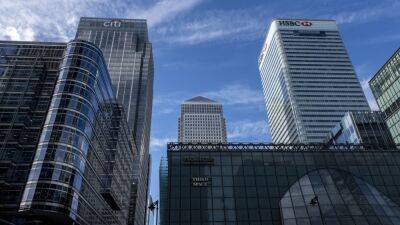Switzerland’s national pride dealt heavy blow by the merger of its banking titans
O utside Zurich central station, monsters snap at the feet of modern Switzerland’s founding father. The towering statue of the 19th-century industrialist Alfred Escher used to symbolise Switzerland’s calm and stability amid geopolitical storms: his back to the railway whose expansion he masterminded, his face turned to Paradeplatz square and the bank he created to finance his ventures.
But after days of turmoil that upended old certainties about the Alpine republic, it is the two snarling dragon gargoyles, restrained by chains, that ominously sum up the state of the nation.
On Monday evening, Switzerland’s president announced that Credit Suisse, the investment bank founded by Escher in 1856, would be taken over by its larger, longstanding rival UBS at a rock-bottom price. It was an emergency rescue deal designed to halt growing financial market panic unleashed by the collapse of two US banks earlier this month.
While the move has, for now, calmed fears of a repeat of a 2008-style domino effect, the merger has left Switzerland with a new megabank on Paradeplatz square.
“The zombie is no more, but a monster is being born,” wrote Swiss newspaper Neue Zürcher Zeitung.
“What we have witnessed over the last few days is proof that Switzerland’s financial centre has gone from being a strength to being a liability,” said Cédric Wermuth, co-president of the multilingual republic’s Social Democratic party.
With total assets amounting to 1.5 trillion Swiss francs and a national GDP of 771bn Swiss francs in 2022, the new bank will be twice the size of the national economy. “The risk that this monster bank can use its monopoly standing to blackmail the government and dictate its own regulation is enormous,” Wermuth said. “It’s absolutely
Read more on theguardian.com









